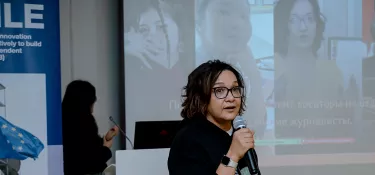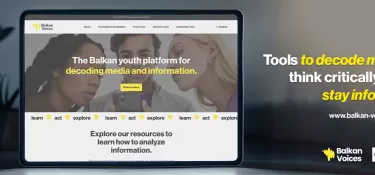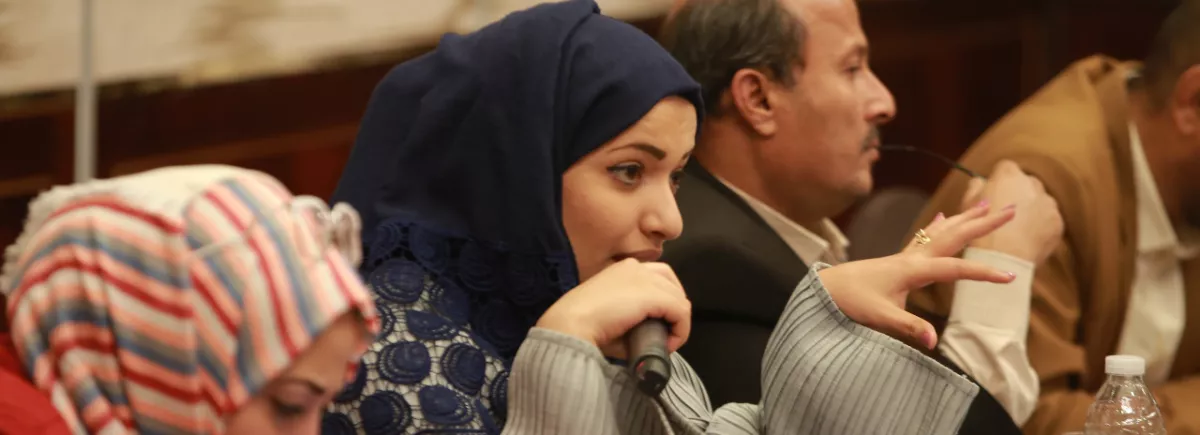
Evaluation of the YMER+ project
Related project
YMER+With a view to contributing, through the media, to a rapid response to defuse the conflict in Yemen, CFI ran the YMER+ project between October 2018 and December 2020. Following its completion, the project was evaluated by an external company, Impact Research.
Summary of the main findings.
The action included training, conferences, networking sessions, creating a journalists’ network and a platform, and providing support to journalists to cope with COVID-19 and earn income for quality production of media content disseminated on the “Sawt Insan” platform and republished on participating media networks. The initiative currently has an online platform with over 300 media content and a Facebook page with over 20 thousand followers.
Journalists learned about neutrality, integrity, independence, and humanitarian principles
YMER+ leveraged the YMER project outcomes. The project provided support to journalists and reduced Yemen’s current polarisation with new journalists who committed to a professional code of conduct, learned about neutrality, integrity, independence, and humanitarian principles, and showed interest to support the humanitarian effort in the country. Journalists created over 335 media contents that went through quality checks and made a decent income for their work.
A platform, “Sawt Insan” (Voice of a human), was created, and a journalist’s network was established to support the humanitarian effort. Gender inclusion was taken into consideration though out the implementation.
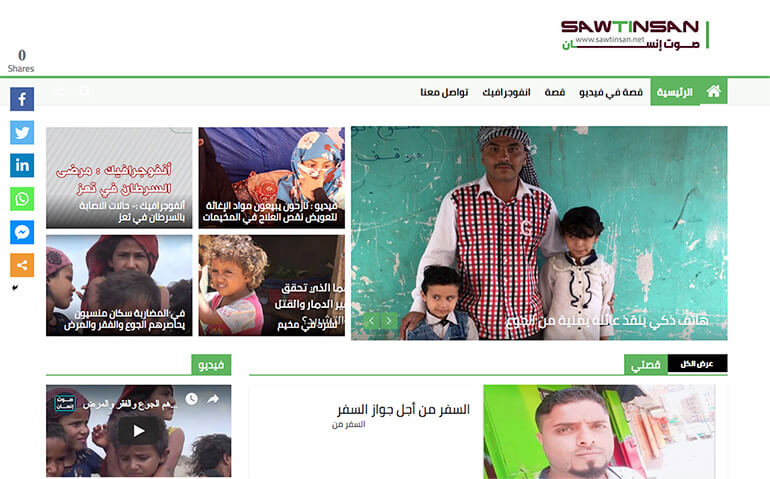
YMER+ provided journalists with training, coaching, access to the platform, network, grants, and prizes. Journalists were satisfied with project outputs and learned from the experience. The project contributed to journalists’ knowledge about humanitarian information and principles. Furthermore, it developed in content creation, writing, and editing.
Various stakeholders had different understandings of “humanitarian journalism”
The concept of humanitarian journalisms seems to require further development and conceptualisation. Various stakeholders had different understandings of “humanitarian journalism.” The project titles reflected an emergency response to aid journalists with grants and capacity building. While some hope to see two-way communication between final aid beneficiaries and donors, including implementing bodies, some considered it a one-way communication to the most vulnerable affected by the crisis to cope with their lives under the crisis.
Expectations of generated content varied between those who thought it should target more international donors to support suffering stories. Some thought it should promote aid work in Yemen for the public to value international community effort in Yemen. In contrast, others thought it should provide the displaced and vulnerable with information aid as of where to seek baskets and how to stay in a displacement camp safely. Some found the project to deconflict the human life and livelihood from the conflict.
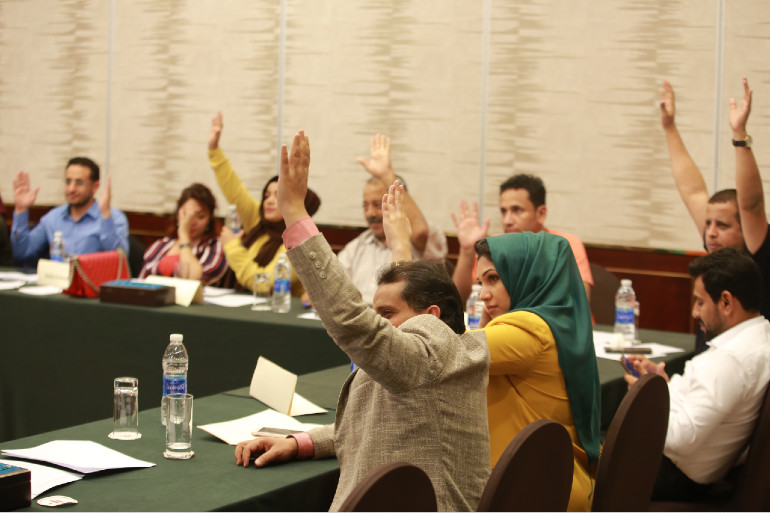
Journalists agreed to signed and abode by the code of conduct
The intervention helped media preparedness for a peace talk with conflict-sensitive journalists and media coverage infrastructure. Unfortunately, the peace talks did not happen during the project lifetime. Yet, the need for such preparedness remains relevant with YMER++.
A project breakthrough was the change of attitude among some participating journalists who agreed to signed and abode by the code of conduct. The code of conduct aimed to reduce tension among conflicting parties’ media channels. YMER++ may look into a wider audience of journalists, improved platform, media support services, and development effort to media institutions and journalists.
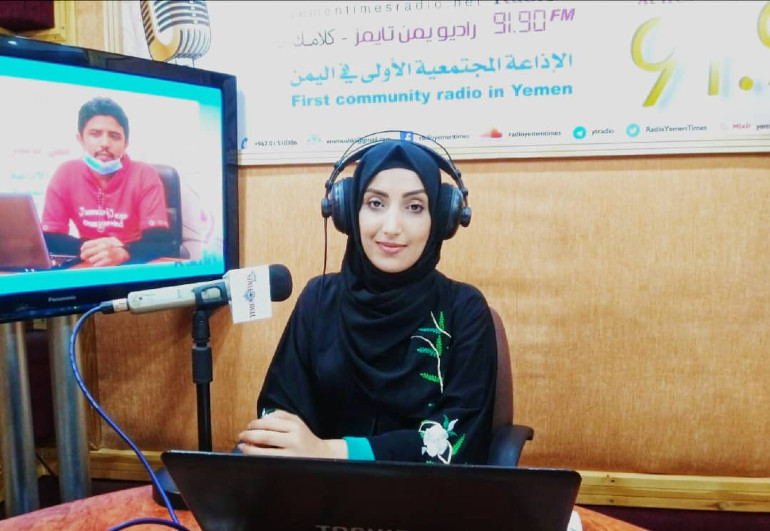
Overall, the project addresses a new media theme of humanitarian journalism and is recommended to develop the concept further and explore its significance and approaches to achieve various objectives. YMER+ provides a valuable attempt to describe what humanitarian journalism entails and what outputs and outcomes can emerge.
